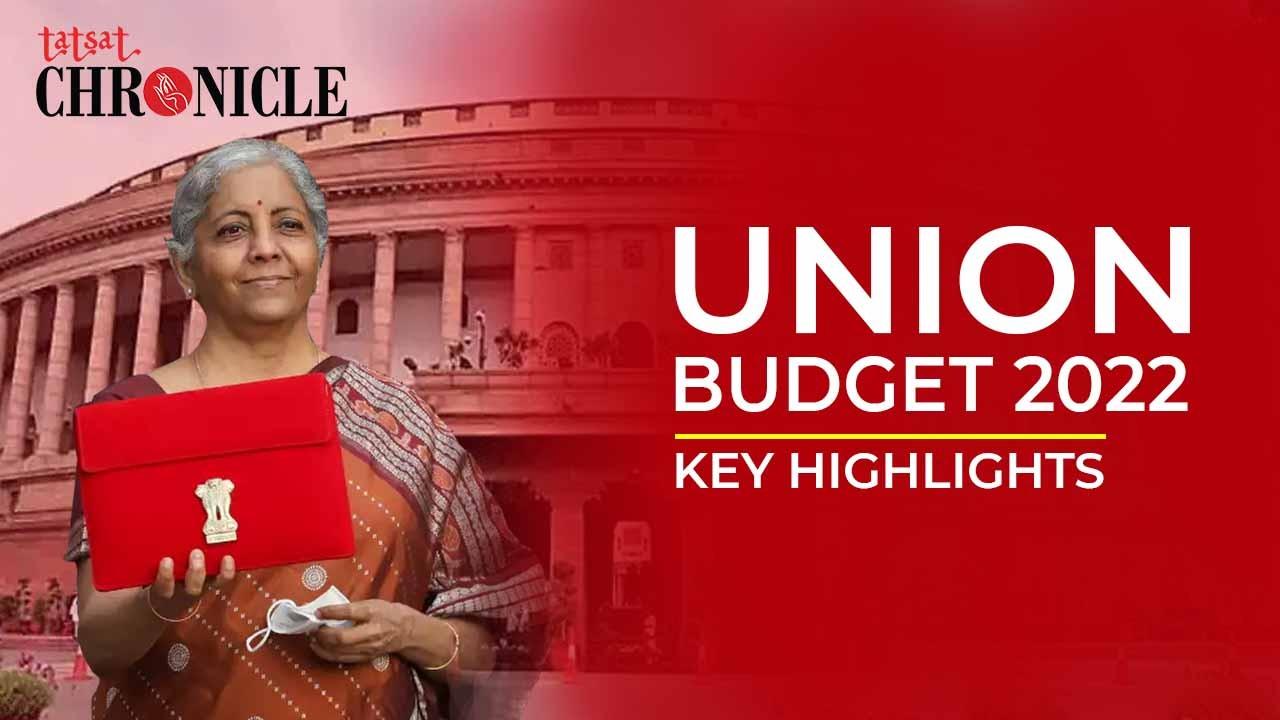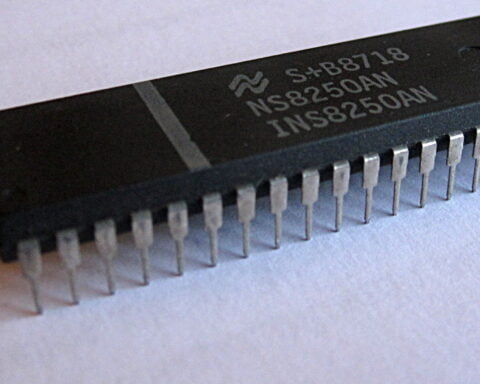Finance Minister Nirmala Sitharaman presented the Union Budget 2022-23 in Parliament today. She said that India’s growth is estimated to be at 9.2 percent, which is the highest among all large economies. Here are top announcements from her Budget proposals:
- Credit Guarantee Trust for Micro and Small Enterprises (CGTMSE) scheme will be revamped with the required infusion of funds. This will facilitate additional credit of ₹2 lakh crore for micro and small enterprises and expand employment opportunities.
- The procurement of wheat in Rabi 2021-22 and the estimated procurement of paddy in Kharif 2021-22 will cover 1,208 lakh metric tonnes of wheat and paddy from 163 lakh farmers, and ₹2.37 lakh crore direct payment of MSP value to their accounts.
- The Budget 2022 has allocated ₹60,000 crores to cover 3.8 crore households in 2022-23 under Jal Jeevan Mission to provide tap water to households.
- Under Housing for All or PM Awas Yojana, in 2022-23, 80 lakh houses will be completed for the identified eligible beneficiaries in both rural and urban areas; ₹48,000 crores has been allocated for this purpose.
- In 2022, 100 percent of 1.5 lakh post offices will come on the core banking system, enabling financial inclusion and access to accounts through 11 net banking, mobile banking, ATMs, and providing online transfer of funds between post office accounts and bank accounts.
- The government will conduct required spectrum auctions in 2022 to facilitate the rollout of 5G mobile services within 2022-23 by private telecom providers.
- To facilitate domestic manufacturing for the ambitious goal of 280 GW of installed solar capacity by 2030, an additional allocation of ₹19,500 crores for Production-Linked Incentive for the manufacture of high-efficiency modules, with priority to fully integrated manufacturing units from polysilicon to solar PV modules, will be made.
- With the phenomenal increase in transactions in virtual digital assets, the magnitude and frequency of these transactions have made it imperative to provide for a specific tax regime, said the FM in her address. Accordingly, for the taxation of virtual digital assets, the government has proposed that any income from the transfer of any virtual digital asset shall be taxed at the rate of 30 percent.
- Alternate minimum tax for cooperative societies has been reduced to 15 percent from the current 18.5 percent. The surcharge has been reduced from the present 12 percent to 7 percent for those with total income between ₹1 crore and ₹10 crores. This will help enhance the income of these societies and their members, who are mostly from rural and farming communities.
- The long-term capital gains on listed equity shares, units, etc., are liable to a maximum surcharge of 15 percent, while the other long-term capital gains are subjected to a graded surcharge which goes up to 37 percent. The FM has proposed to cap the surcharge on long-term capital gains arising on transfer of any type of assets at 15 percent.


























